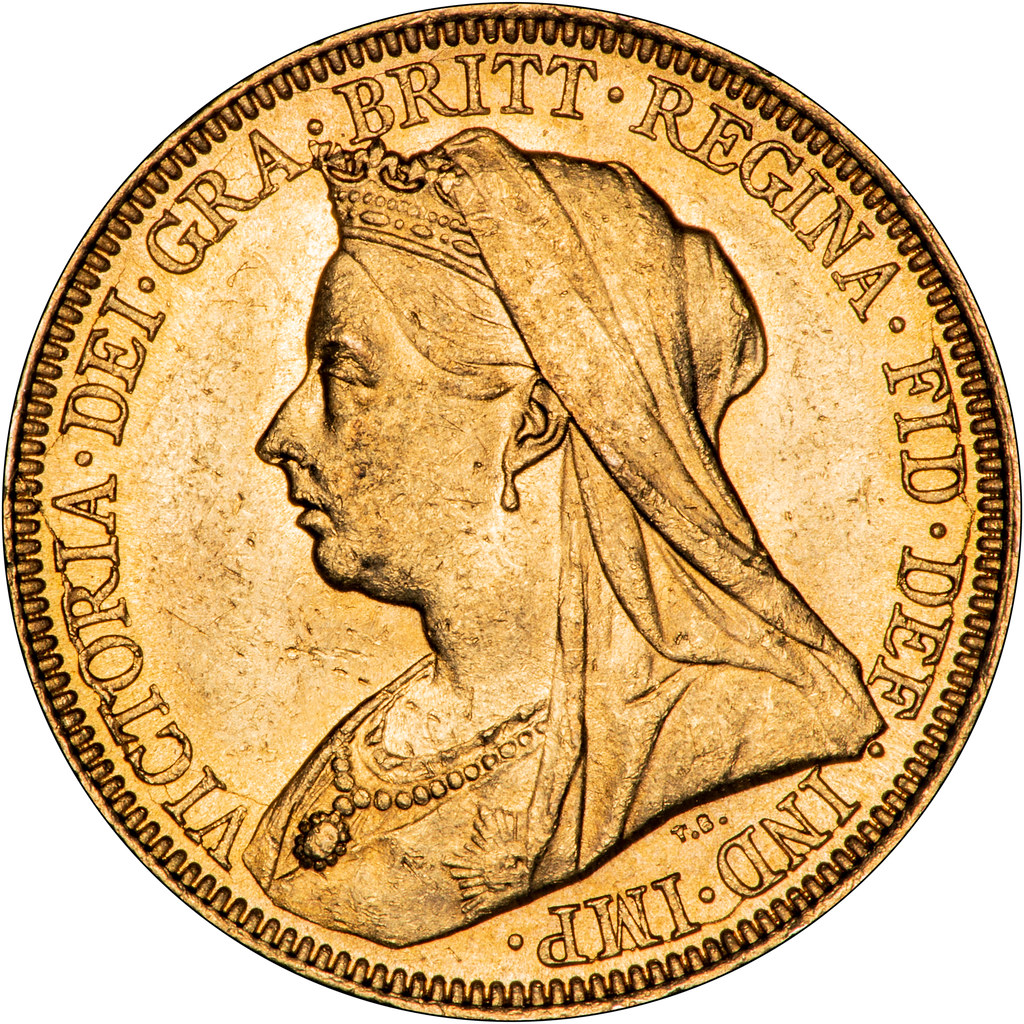William Wyon (1795 – 1851)
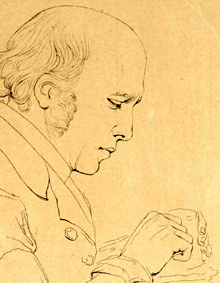
Introduction/Formative Years
No article on the greatest British sovereign engravers would be complete William Wyon RA (1795 – 1851). William was born in Birmingham in 1795, the son of Peter Wyon, a die engraver. At the young age of fourteen, William would become an apprentice to his father, who worked at the Soho Mint, Birmingham.
Professional Years
Wyon would soon show his talent in the art of engraving through working with his Uncle, Thomas Snr. His family would encourage him to enter competitions in the prestigious Society of Arts, which Wyon would win with much acclaim. Through his relationship with other Uncle, Thomas Jr., whom himself became Chief Engraver at the Royal Mint, Wyon joined the Royal Mint as Second Engraver.
Despite showing remarkable capacity, Wyon’s early tenancy at the mint was subject to controversy. This was due to a challenging relationship with the famed engraver, Benedetto Pistrucci. Many other traditional Moneyers, under the influence of Pistrucci, challenged Wyon’s ascent through the mint hierarchy. However, in 1828, Wyon would succeed in becoming Chief Engraver at the young age of thirty-three. Pistrucci would go on to become Chief Medallist.
Designs
Wyon’s career included forty-three different coins struck throughout Great Britain. Perhaps his most famous coin is his engraving of Queen Victoria. This coin would remain in circulation until 1887. Though, the design would remain on RM stamps until 1902.
The designs were famed for their use of many of their contemporary art styles of the Victorian Period. For example, his famed 1838 ‘Young Head’ design relied heavily on the fashionable neo-classical style.
Similarly, his 1847 engraving of Queen Victoria encapsulates the prevalent gothic style of the period. Queen Victoria was said to be that impressed with the design, she concluded to Wyon ‘You always represent me favourably’. Other famous pieces include the 1817 Three Graces design, the seated Britannia of 1820 and the engraving of George IV in 1839. He also designed variants of the Indian Rupee.
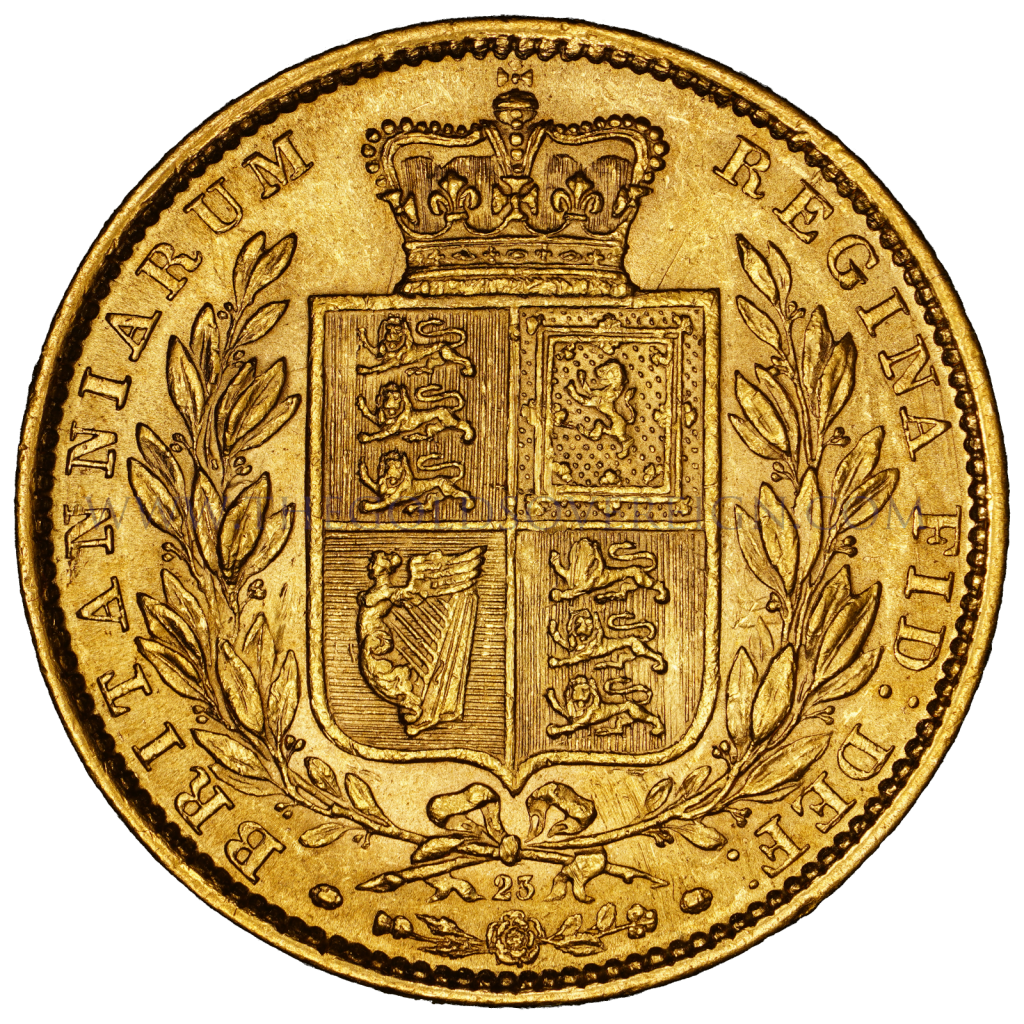
Legacy
Overall, Wyon can be considered one of the most prolific and greatest coin engravers in British history. This fact is commemorated through the Royal Mint’s massive five-kilo coin released in November 2019. This design features Wyon’s Una and Lion design, originally engraved for the five-pound gold coin in 1839.
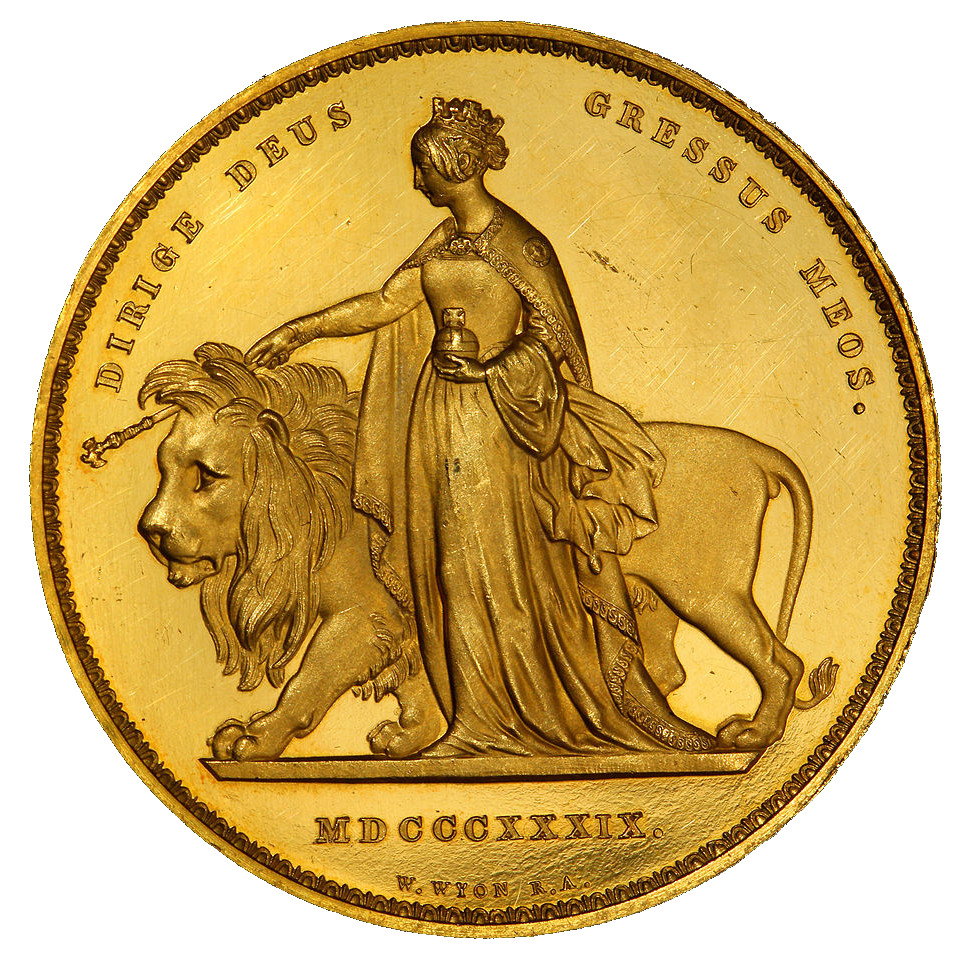
Benedetto Pistrucci (1783 – 1855)
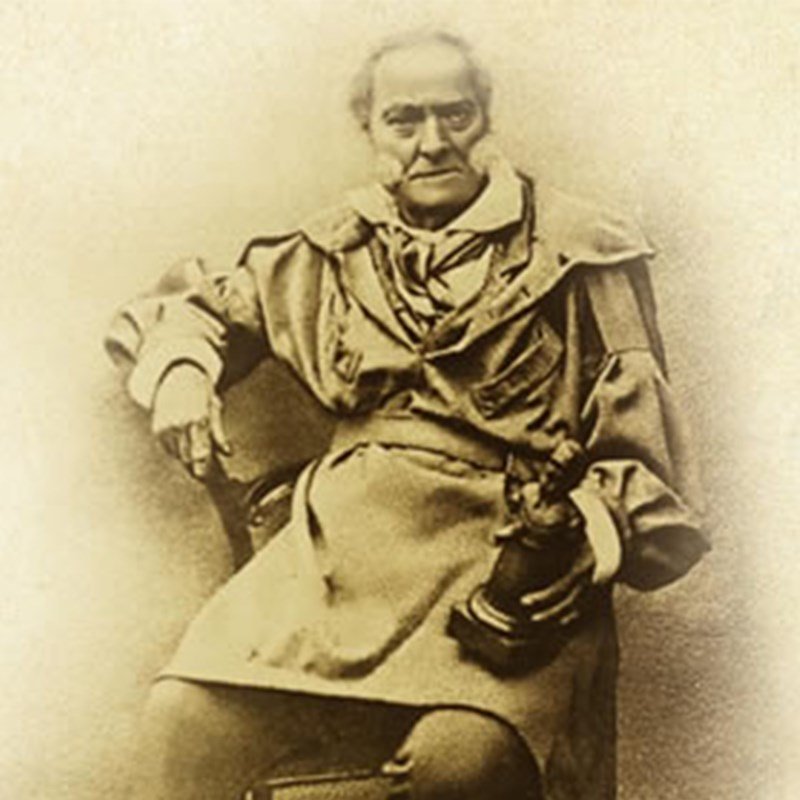
Introduction/Formative Years
Benedetto Pistrucci (1783 – 1855) was an Italian Medalist, Gem and Coin Engraver. Born in Rome in 1783, Pistrucci would have spent his formative years during great cultural transformation and accomplishment in the Italian Peninsula. This was known as the Settecento period, a precursor to the Enlightenment period, which would see immense socio-cultural and intellectual change. As well as this, Italy experienced an artistic revival, particularly with the creation of the Baroque and Rococo (Late Baroque) artistic styles.
Despite the creative behemoth he would become, the Young Pistrucci originally excelled academically. His father would recognise this talent and send him to many a prestigious Latin and Roman Colleges, such as Bologna and Frosinone. However, at the young age of fifteen, Pisrucci would begin his career as an artist.
Professional Years
Much like his academic pursuits, Pistrucci excelled artistically, being tutored by many fine artists of Italy, such as Stefano Tofanelli. The Young Pistrucci even had to deal with early counterfeiting of his work, with his former tutor Giuseppe Mango, selling his pieces as his own. This is where he adopted the usage of his iconic Greek Lamaba to certify his creations as originals. This jealousy fuelled resentment of his work would even cause attempts at his life, with Pistrucci being viciously stabbed by an envious apprentice.
However, Pistrucci’s hard work paid off when he was invited by the Prince Regent George IV (Son of George III) to work in Great Britain. He would go on to engage with other famed coin engravers, such as Wellesley Pole, who at the time was Master of the Mint.
Designs
Consiqdeientally, one of Pistrucci’s most popular works, is that of an engraving of the Young George IV to celebrate his succession to being crowned King of the United Kingdom.
Nonetheless, his most famous would be his iconic engraving of St. George and the slaying of the Dragon, perhaps one of the most famous icons in British iconography. This design became so popular, it supplanted Pistrucci as one of the greatest engravers in British history and become the design of the 1817 five-pound gold coin.

Another famed piece produced by the acclaimed engraver was to commemorate the Duke of Wellington’s victory of Napoleon at Waterloo (June 1815). This being perhaps the most important event in contemporary British history at the time. This alone showed the great faith and respect that was bestowed upon Pistrucci and his work.
Thomas Brock (1847 – 1922)
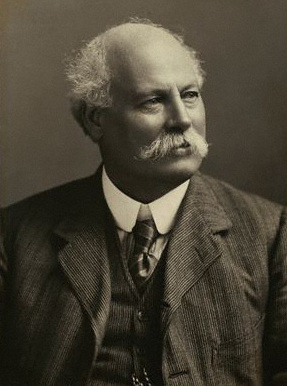
Introduction/Formative Years
The final Engravist this article will discuss in Sir Thomas Brock (1847 – 1922). Brock’s formative years remain relatively unknown. However, he did attend the Government School of Design, from where he began an apprenticeship at the Worcester Royal Porcelain Works. At the age of nineteen, Brock would become an apprentice to one of Britain’s leading sculptors, John Henry Foley (1818 – 1874). After this, he would attend the Royal Academy Schools.
Professional Years
Perhaps Brock’s first notable designs were finishing the commissions of his tutor, Foley, who unfortunately passed away in 1874. Despite being a young, relatively unexperienced sculptor, Brock finished these pieces too much acclaim, which included the bronze figure of Prince Albert in the Memorial Kensington Gardens.
Designs
Brock’s work is heavily associated with the New Sculpture movement of Great Britain. This can be defined as using classical British designs, but with the added richness of Italian Renaissance and Baroque Models (such as that used by Pistrucci). These pieces of work finished by Brock garnered him much esteem in Britain’s high art circles, which would lead to him design profiles of Queen Victoria for coinage post-1891 known as the Widow Head or Old Head Sovereign seen below.
